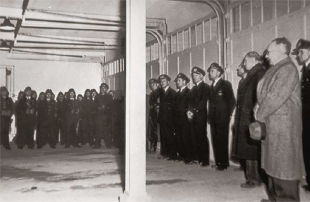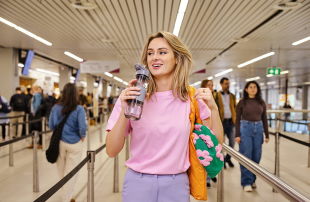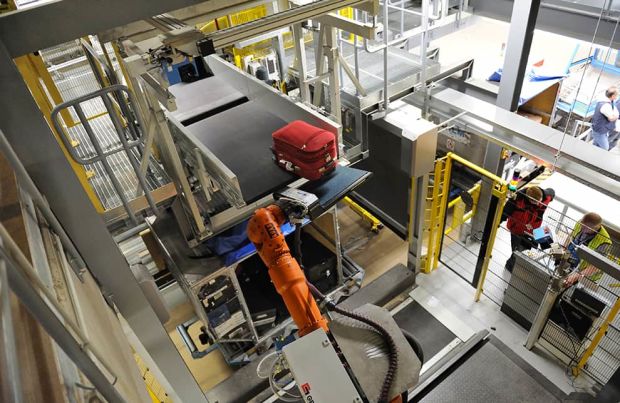How do we check your suitcase?
As you know, before you get to your plane both you and your hand baggage have to go through a security check to make sure you aren’t carrying any dangerous or prohibited items. Behind the scenes, the bags you check in at the desk also go through a security check. Have you ever wondered how we check your baggage? Read on to find out.
Hand baggage
There are 3D CT scanners in many parts of Schiphol to check your hand baggage. This technology means that security staff can get a 360-degree view of the contents of your hand baggage. They can also turn the image round on the screen for a really thorough inspection. But that’s not all: in addition to the personal check, a detection algorithm takes a digital look at your hand baggage, too.
Check, check, double-check
Before that algorithm can be deployed, of course, it has to be thoroughly tested. The government commissions a special laboratory to test the algorithms’ ability to detect dangerous and prohibited items, and Schiphol carries out its own test to find out how often an algorithm produces a false alarm. Since too many false alarms can cause delays at the security checks, when that happens it is reported to the manufacturer, so they can train the software more specifically. For instance, if the software fails to recognise a certain kind of sweet, the manufacturer of the scanner will buy the same type of sweet to train the algorithms not to sound the alarm from that item, whilst still alerting staff to the presence of other substances. Passengers at Schiphol are much more likely to be travelling with cheese and peanut butter than people passing through other airports, so our algorithms are calibrated for those products.
What happens to your suitcase?
Your hold baggage also goes through a 3D CT scanner, just on a larger scale. Every year, Schiphol handles over 50 million items of baggage. This can vary from day to day, from around 120,000 items on a slow day to 180,000 during busy periods, such as the start of the holidays. Each hold baggage scanner processes around 1,800 items of baggage per hour, and the check is conducted in three stages: first the algorithms analyse the items, then staff members view the image, and if necessary the baggage is put through a more detailed inspection.
Of course, the National Coordinator for Counterterrorism and Security is actively involved throughout the entire process. That organisation specifies which machines and algorithms can be used at Schiphol, to make sure your journey gets off to the safest start possible.
Read the previous blogs
-
75 years of the Schiphol Fire Brigade
Published on:Where firefighting at Schiphol once involved little more than a sandpit and a few hand pumps, today a professional organisation is on hand 24/7 to keep us safe.

-
Is a filled bottle allowed through security?
Published on:You’re flying from Schiphol and have arrived at airport security check with a filled bottle. But what about those liquids again? Can you take it with you?

-
Holiday packing list
Published on:What do you take with you on holiday and on the plane? With this baggage checklist, you'll know for sure what's allowed in your suitcase and your hand baggage.



